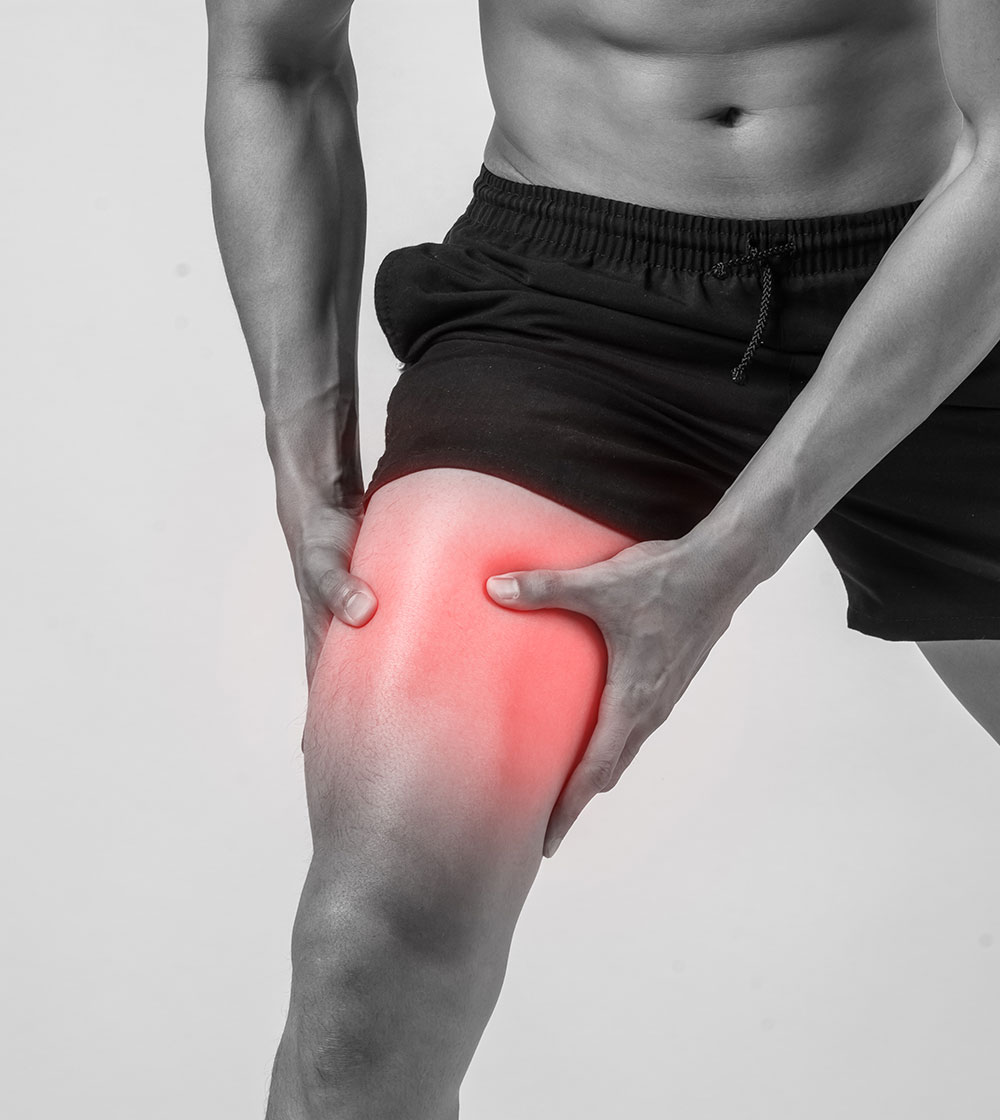Pulled muscles and sprained ligaments are often the result of what we call a blunt traumatic event, such as rolling your ankle coming off the stairs or pulling a back muscle while moving your couch.
Pain is sudden, sharp, and often severe. The effects of a sprained ligament or pulled muscle can last for months if not treated immediately. It can impact your daily comfort and your ability to perform basic daily functions, such as driving your car, climbing stairs, or sleeping comfortably.
And while medical treatments often focus on pain management while your body heals, reinjuring the site is very common.
At SOPT we focus on rebuilding your tissue strength and elasticity as soon as possible to minimize your chances of reinjuring yourself.


“Back and knee problems have diminished considerably since attending physical therapy. I highly recommend SOPT for anyone needing services.”
– Michelle
